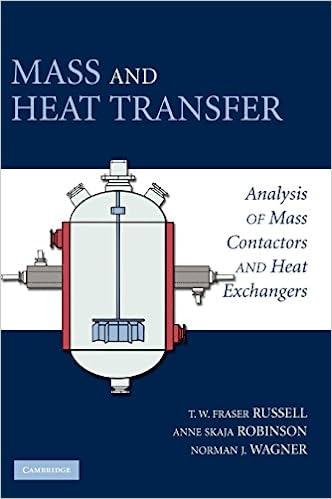Answered step by step
Verified Expert Solution
Question
1 Approved Answer
Atmospheric pressures The basic barometer can be used to measure air pressure changes with elevation, such as from the base of a mountain to the
Atmospheric pressures
The basic barometer can be used to measure air pressure changes with elevation, such as from the base of a mountain to the peak as air pressure is variable with weather, to do this properly, a team would have to take simultaneous measurements at the base and top of the mountain The change in air pressure can then be used to roughly estimate the height of the mountain. Consider Mount Kilimanjaro, in Tanzania, where the air pressure ranges from kPa near the base to kPa at the peak of the mountain. Please note that surveying and GPS are both practically superior methods here all of the following estimates are somewhat wrong
a Assume an average density for air of How tall is the mountain by this estimate?
b Air is less dense at elevation, so instead calculate the air density at the average temperature and average pressure. How tall is the mountain by this estimate?
c The air temperature averages but in reality the density of air varies with height. Estimate the height of the mountain based on integrating the ideal gas law see below Use the molecular weight for dry air. Note that is depth so that, for example, an elevation of above sea level would be represented by
:
d Now assume that the mountain exists in the US Standard Atmosphere tabulated in the CRC Handbook of Chemistry and Physics see attached Estimate the elevation of the base and the elevation of the peak both above sea level by matching the given pressures to the table. Estimate the height of the mountain.

Step by Step Solution
There are 3 Steps involved in it
Step: 1

Get Instant Access to Expert-Tailored Solutions
See step-by-step solutions with expert insights and AI powered tools for academic success
Step: 2

Step: 3

Ace Your Homework with AI
Get the answers you need in no time with our AI-driven, step-by-step assistance
Get Started


